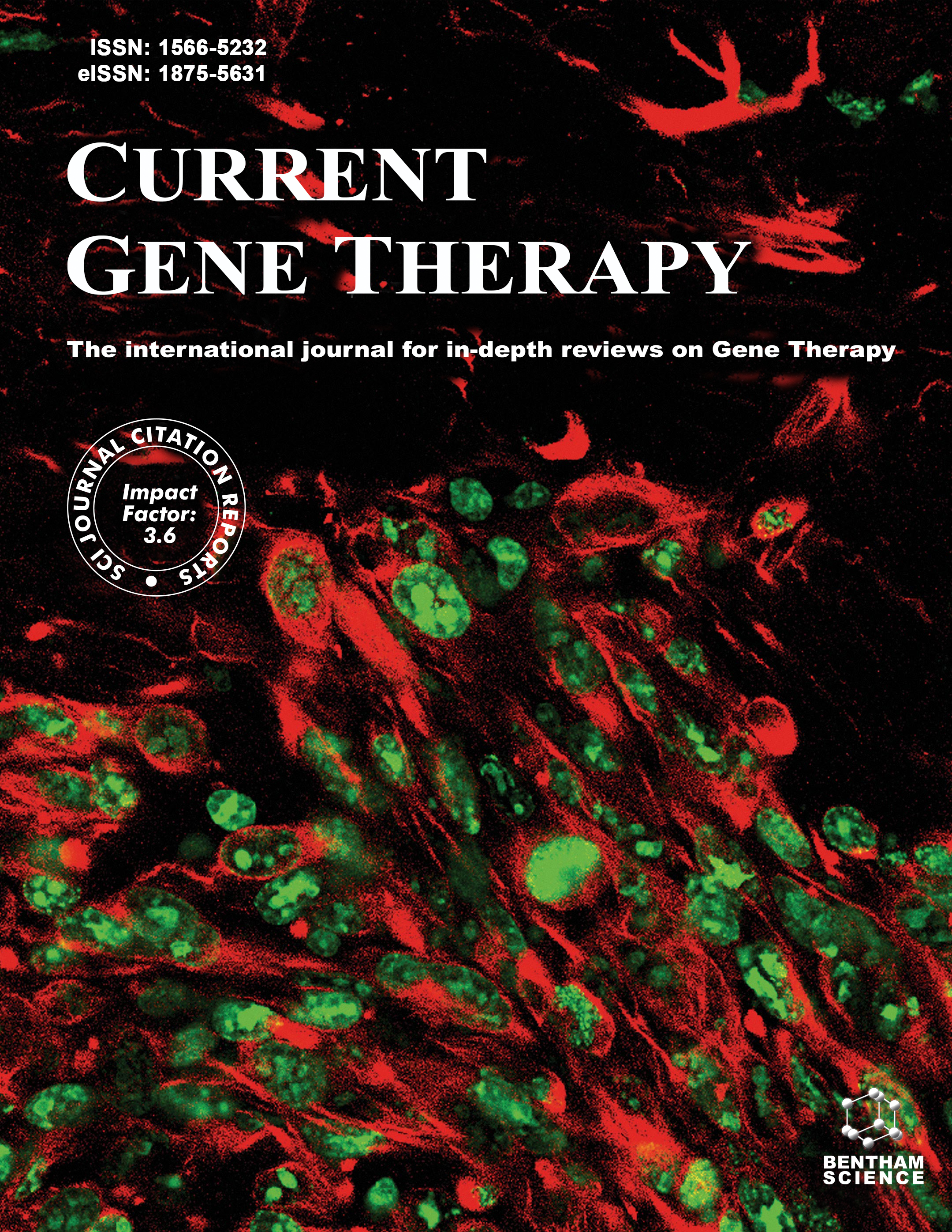
Full text loading...

Exosomes represent the smallest size among extracellular vesicles, which also include apoptotic bodies and microvesicles. Exosomes are natural nanocarriers that play a key role in intracellular communication, consisting of a hydrophobic lipid bilayer membrane and a hydrophilic core. The membrane compositions of exosomes are similar to those of the parent cells from which they are generated. Normally, the exosome membrane contains diacylglycerol, ceramide, cholesterol, and various surface proteins, including tetraspanins and Lamb2. Almost all cell types secrete exosomes into body fluids through exocytosis, including stem cells, epithelial cells, endothelial cells, immune cells, tumor cells, neurons, mast cells, oligodendrocytes, reticulocytes, macrophages, platelets, and astrocytes. Every cell type expresses a distinct type of exosomes carrying various bioactive molecules. Exosomes are major transporters of bioactive cargo, including enzymes, receptors, growth and transcription factors, nucleic acids, lipids, and other metabolites, which strongly affect the physiology of recipient cells. Exosomes are not only potent drug and gene delivery nanocarriers, but also have potential for disease diagnosis, tissue regeneration, and immunomodulation. Exosomes are present in various body fluids, including plasma, serum, saliva, milk, nasal secretions, urine, amniotic fluid, semen, and cerebrospinal fluid, among others. Stem cell-made exosomes are potential natural therapeutics, which is due to their rejuvenating cargo and ability to cross biological barriers. However, natural exosomes' inefficient cargo transfer and short lifespan in the bloodstream have hindered their progress in therapeutic interventions. Genetic engineering of the parent cell allows for loading specific therapeutic cargo into the lumen of newly generated exosomes and/or displaying certain homing peptides or ligands at their surface, leading to extension of their lifespan and precise delivery to specific organs or tissues. This minireview explores the creation of designer exosomes through parent cell engineering and their utilization for guiding the delivery of tailored therapeutic cargo to specific organs while evading the host innate immune response.

Article metrics loading...

Full text loading...
References


Data & Media loading...